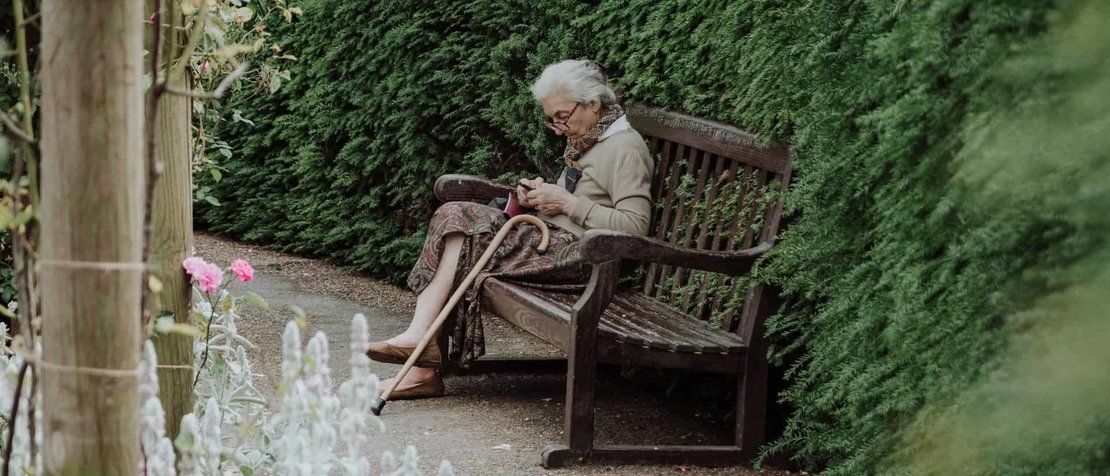
Coronavirus: How can we help our elderly embrace technology?
In the wake of the coronavirus outbreak, the elderly are likely to be a particularly vulnerable population group. Hence, many governments around the world are encouraging “social distancing” as a way to prevent the spread of the virus. The UK National Health Service (NHS) warns that older people are especially vulnerable to loneliness and social isolation – which can have a serious effect on health.
According to the World Atlas, 19 per cent of the UK’s population is over 65 years old. The good news is that according to the UK Office for National Statistics, recent Internet use in the 65 to 74 years age group increased from 52 per cent in 2011 to 83 per cent in 2019, closing the gap on younger age groups. But while these figures present a bright outlook, there is still work to be done.
So how can you help elderly family members embrace technology to combat loneliness, and keep in touch with their families and friends during this difficult period and beyond?
Digital skills
Age UK offers advice about making the most of using technology and the Internet, with information that you can use to help your elderly family members get online, use Skype, social media, and watch TV online, among other things. They also have a Digital Buddy scheme which gives advice on how you can inspire older people in their community to make the most of technology.
Communities around the UK have been offering Digital Drop-In services to teach basic digital skills to the elderly over the past two years, and help them gain digital confidence.
Video chats
Video chats using services such as Skype, FaceTime or Viber can help the elderly keep in touch with family and friends. Social media platforms such as Facebook, Twitter and other website forums can introduce older people to online communities who share their interests – knitting and reading groups, for example – or help them reconnect with old friends.
Accessible tools
As many communication technologies get smaller, having the right tools is key to breaking down some of the barriers to access technology. A tablet computer can be especially useful for older people who can’t get around very easily as it is light and portable, and the screen is large, clear and bright.
A sponge-tip stylus pen or speech recognition software may help if the touchscreen is difficult for arthritic hands or fingers with poor circulation.
ITU, the digital divide and digital inclusion
As in any kind of crisis, the particularly vulnerable in society are the ones who need protecting the most, and the global digital divide does nothing to help that – bringing ever more urgency to bridge the digital divide.
The ITU Telecommunication Development Sector (ITU-D) Digital Inclusion Programme promotes information and communication technology (ICT) accessibility as a means to empower all people – regardless of their gender, age, ability, or location.
It supports ITU members in their efforts to create more inclusive digital societies in their respective countries and regions, as well as to ensure the socio-economic development and full and effective participation in society and the digital economy of all their citizens.
Image credit: Andreea Popa via unsplash
